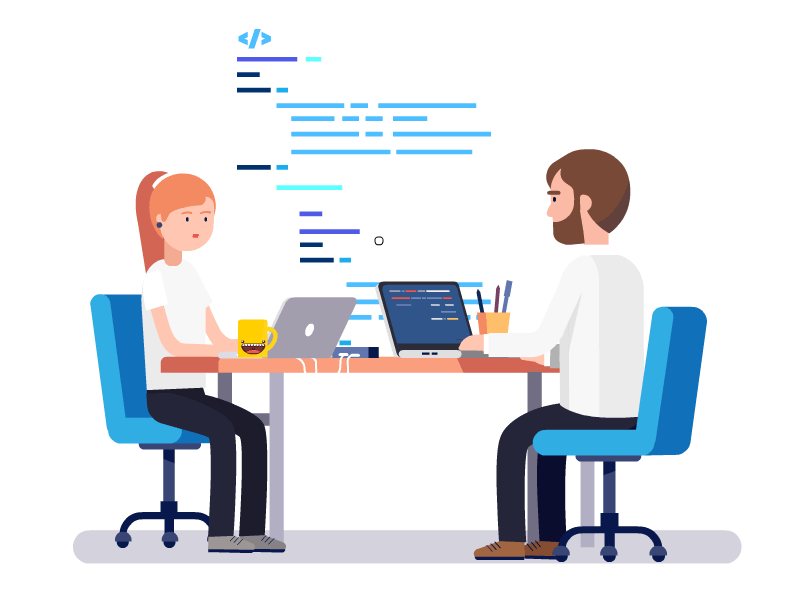Creating an e-commerce web solution involves developing an online platform that enables businesses to sell products or services over the internet. Here's a detailed description of the process and elements involved in building an e-commerce website:
Understanding Client Requirements:
- Begin by understanding the client's business goals, target audience, product offerings, and unique selling points.
- Determine specific requirements such as payment gateways, shipping options, inventory management, and desired features.
Choosing the Right Platform:
- Select an appropriate e-commerce platform based on the client's needs, budget, scalability, and customization options. Popular options include Shopify, WooCommerce (WordPress), Magento, and BigCommerce.
Designing User Experience (UX) and User Interface (UI):
- Design an intuitive and visually appealing user interface that guides users through the browsing, selection, and checkout process.
- Ensure seamless navigation, clear product categorization, and easy access to essential features such as search, filters, and shopping cart.
Developing Backend Functionality:
- Implement backend functionality for managing product listings, inventory, orders, payments, shipping, and customer accounts.
- Integrate with third-party services such as payment gateways (e.g., PayPal, Stripe), shipping carriers (e.g., UPS, FedEx), and analytics tools.
By following these steps and considerations, you can create a robust and effective e-commerce web solution that enables businesses to reach customers, drive sales, and grow their online presence.


